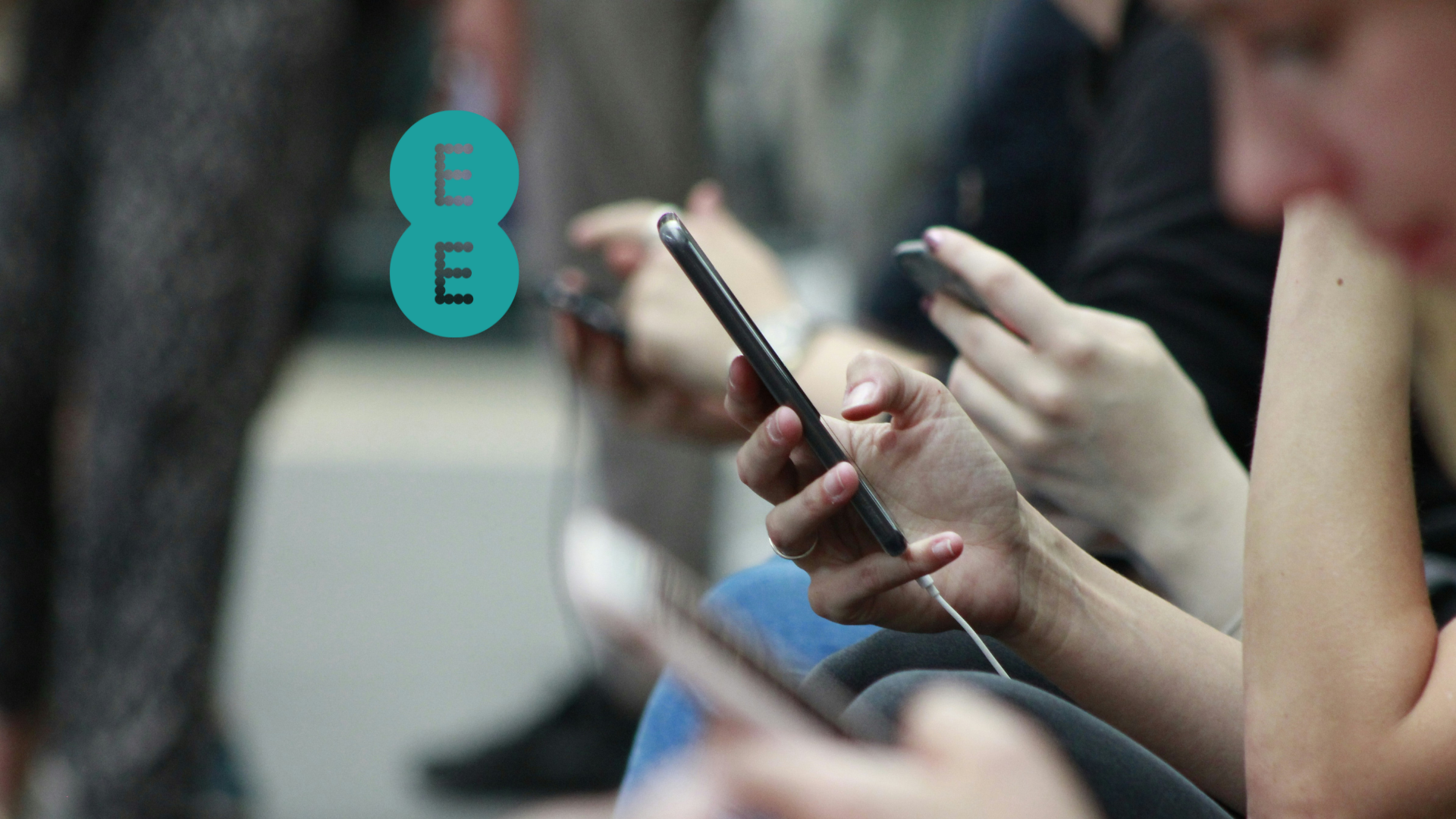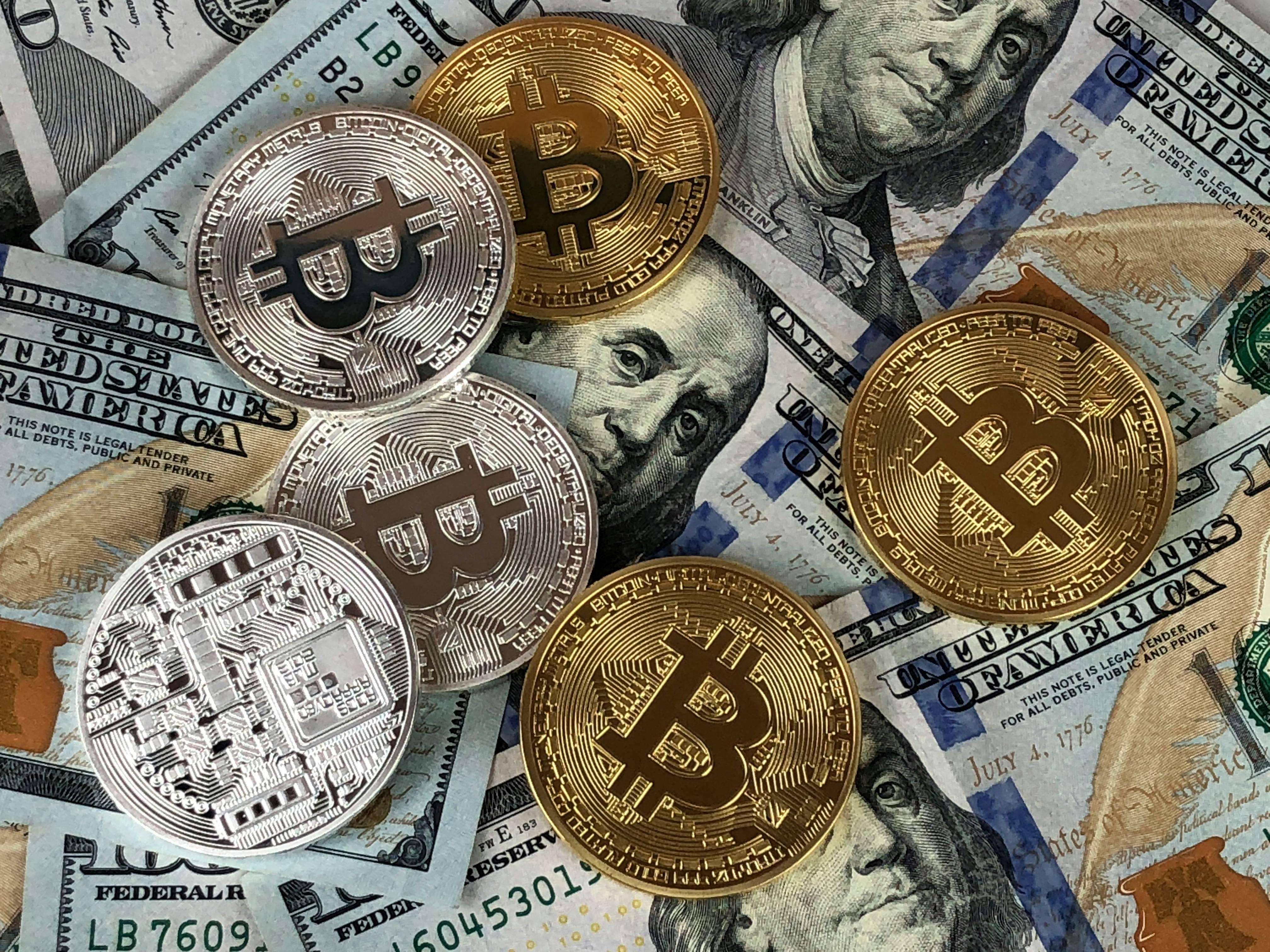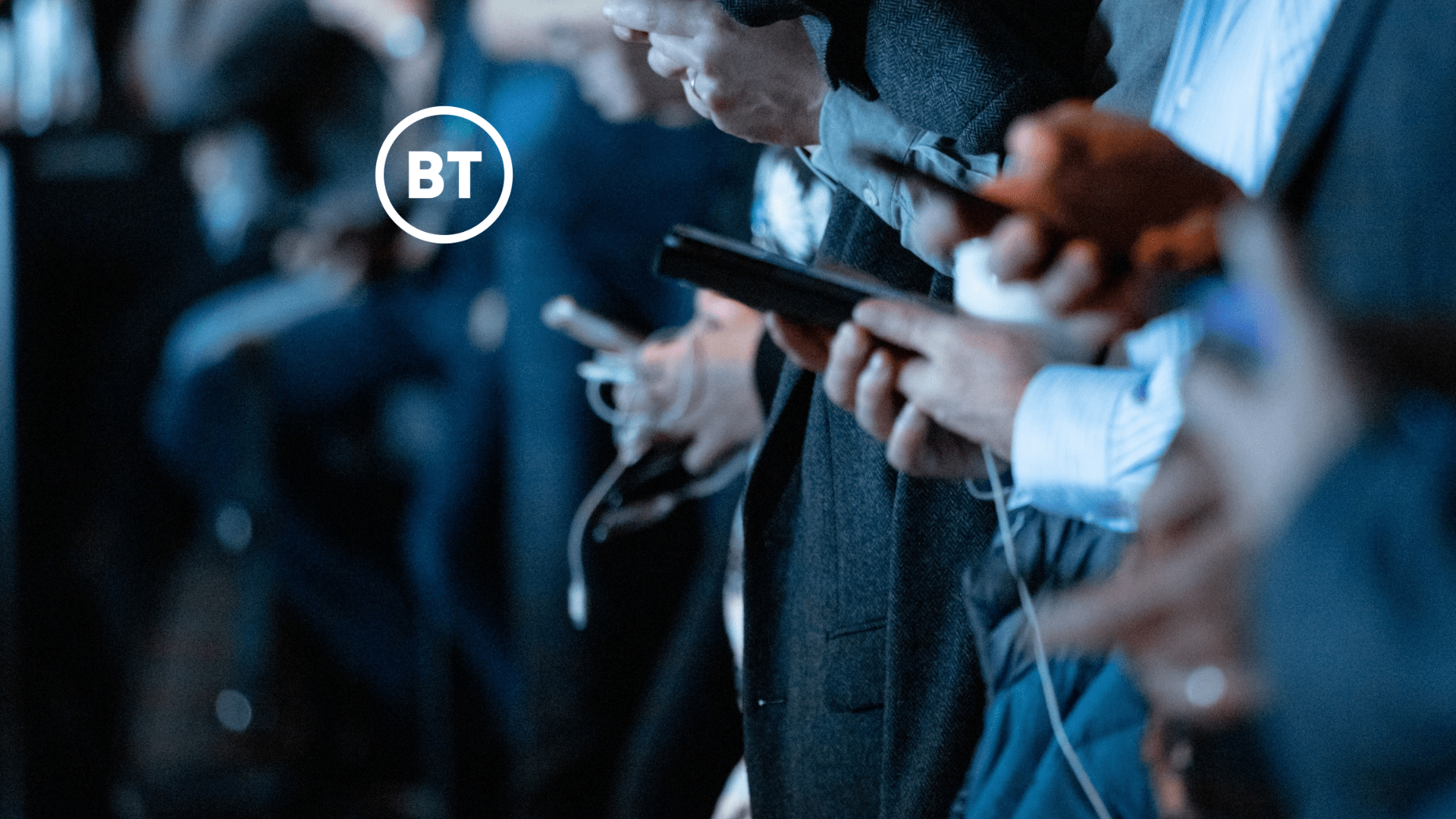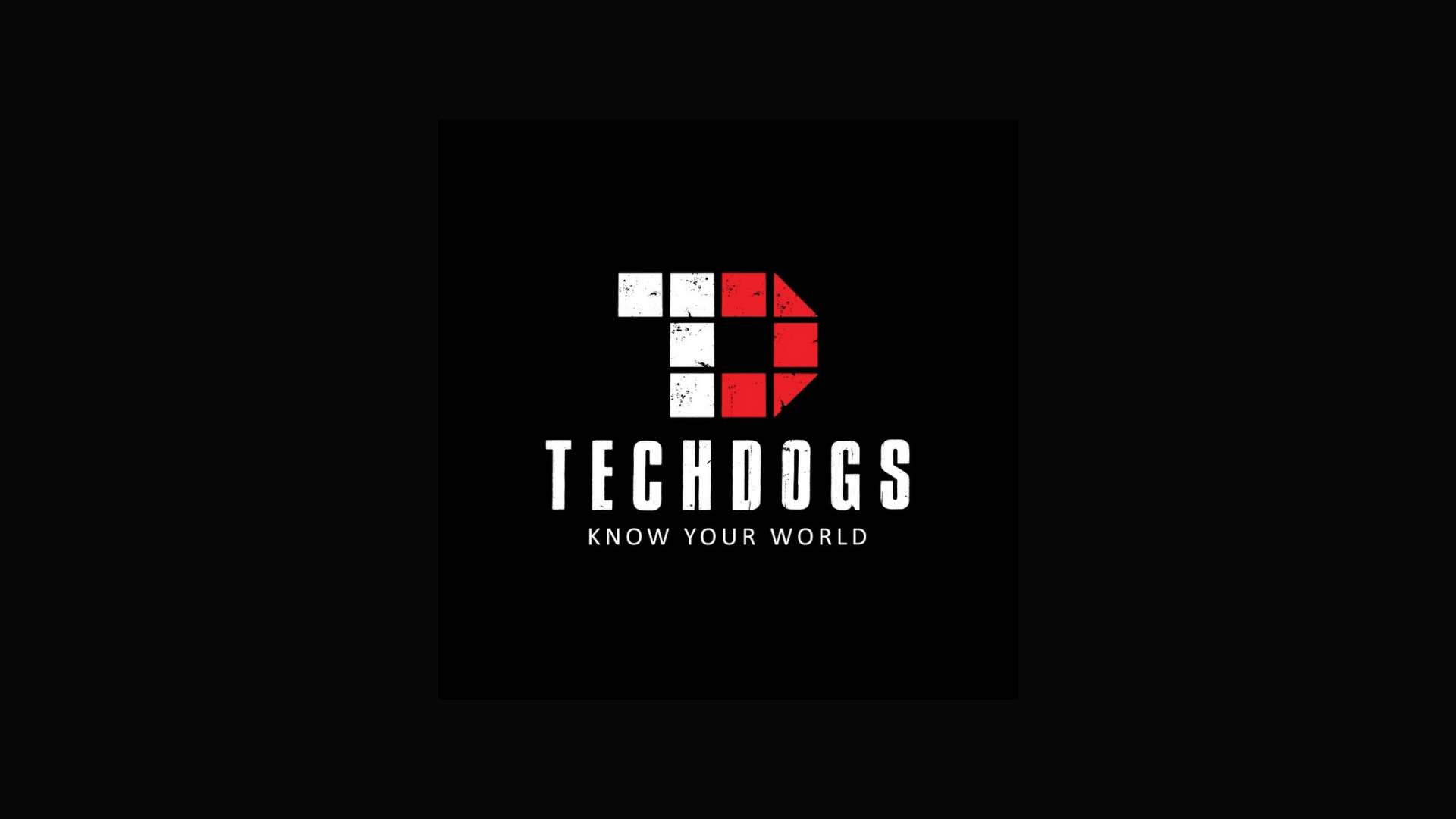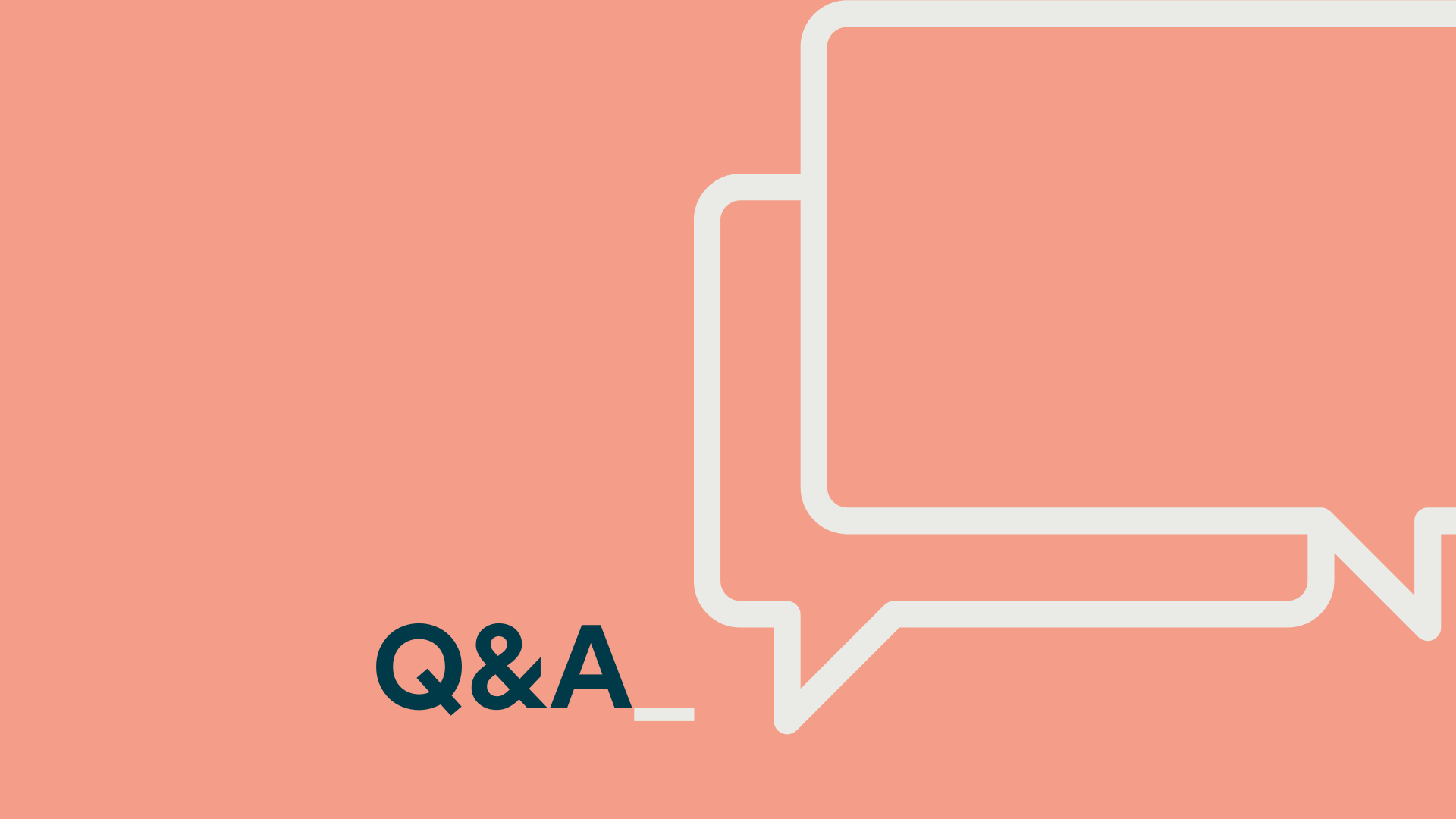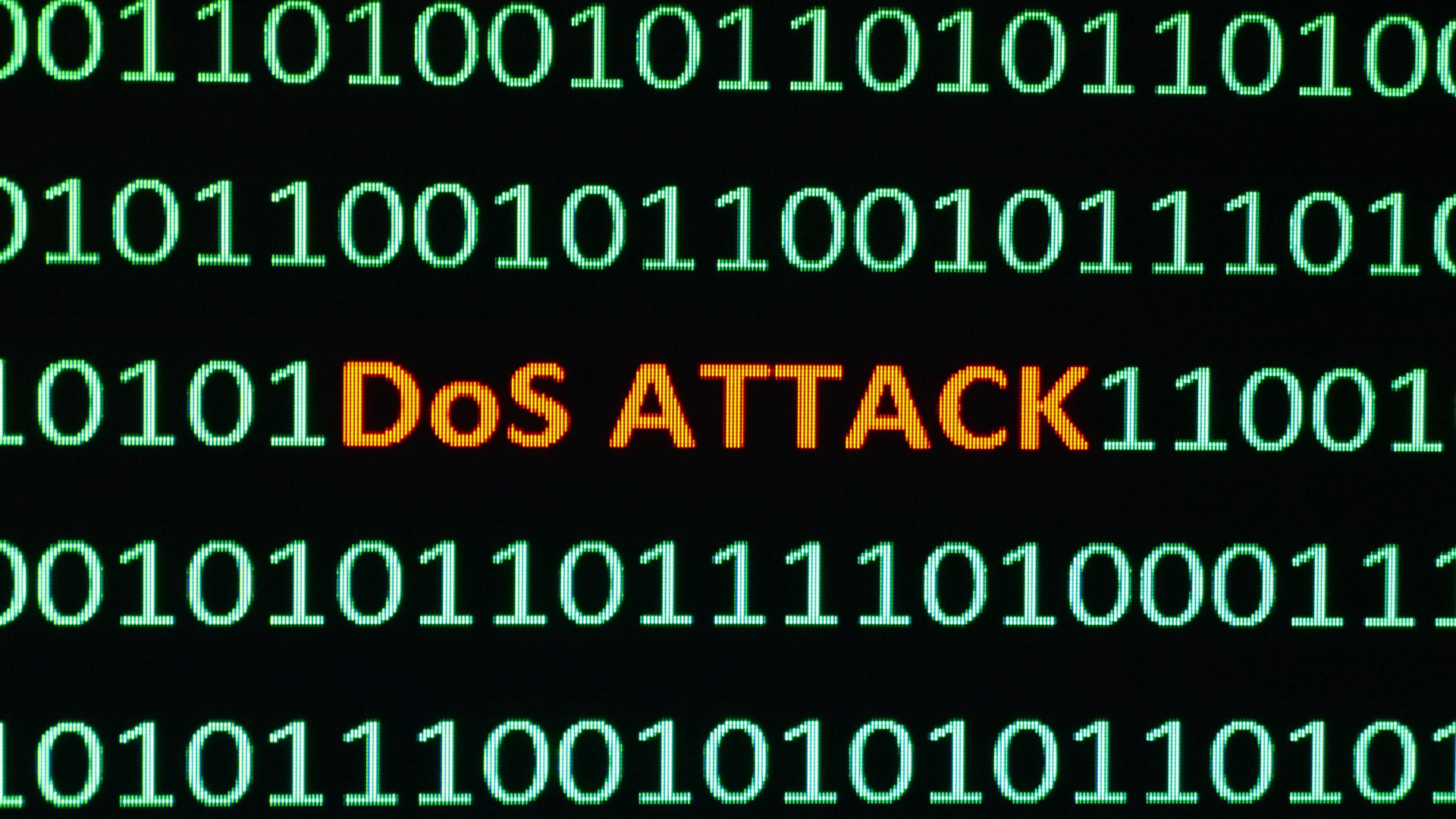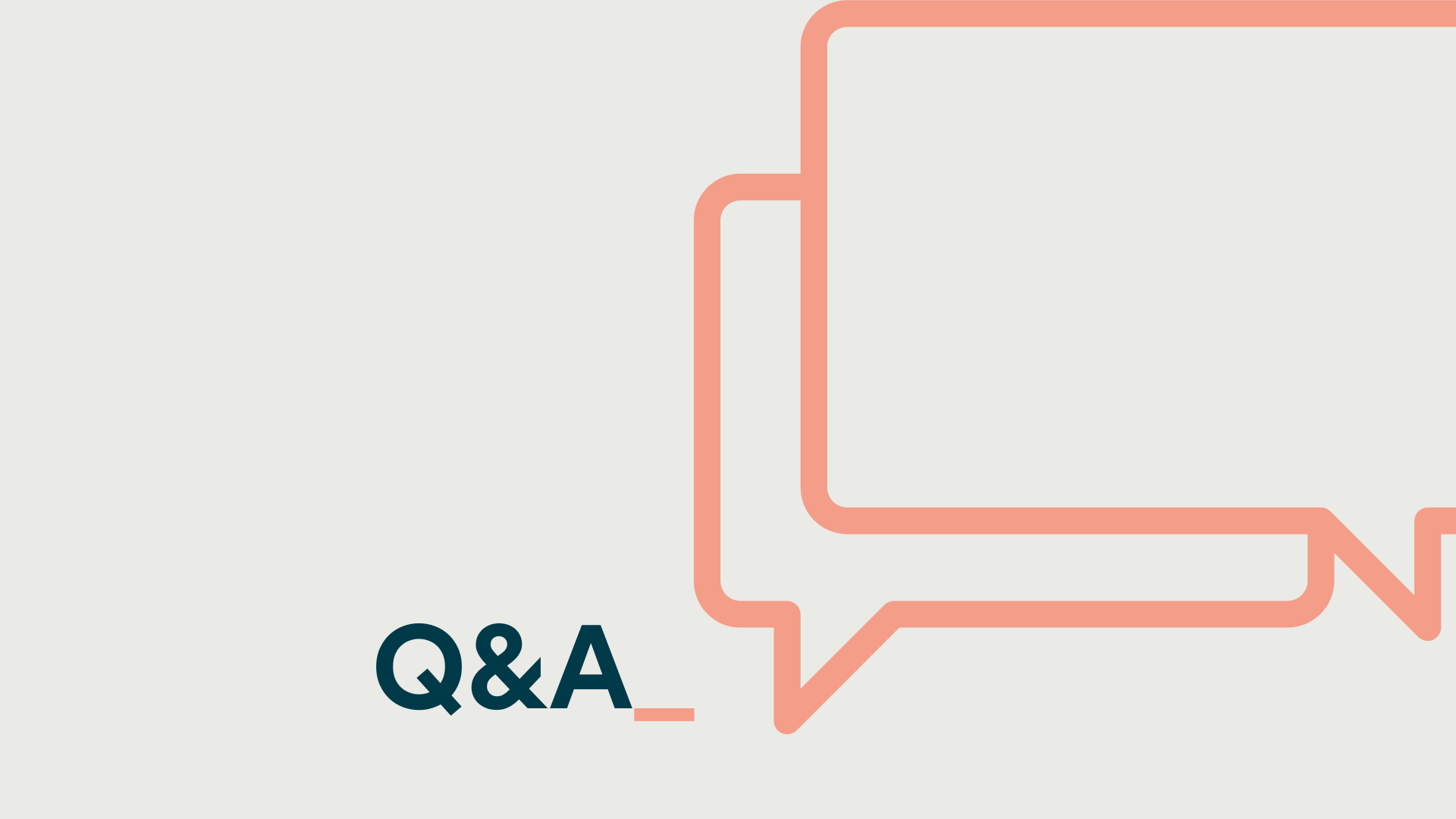As of today, private and sensitive information is frequently encrypted and sent via the internet through fibre optic cables, telecommunication satellites and other channels, accompanied by the digital ‘crypto keys’ required to cypher and de-cypher the data. As both the data and corresponding keys are transmitted as conventional bits, that level of encryption exposes this information to the risk of attack from seasoned hackers.
Given the fact that this type of data sharing comes with a number of security vulnerabilities, many are now looking to quantum communication to safeguard all digital communication. Quantum bits, or qubits, are the particles used for data transmission, and many qubits make up quantum data. While regular data (made up of bytes) can be copied, quantum data cannot. Today, a number of companies are exploring this technology as an avenue to constructing future secured networks that can deliver extremely sensitive data between two points. It is known as Quantum Key Distribution (QKD).
A key building block for the quantum-secure era
In simple terms, QKD is a way to share cryptographic keys between two parties in order to protect that data and keep it inviolably secure. QKD allows you to send information using quantum bits that only the sender and receiver can read. All confidential information that is encrypted using this secure key will have an unparalleled level of protection, even against potential future quantum computer attacks (should the technology fall into the hands of adversaries). Through the principles of quantum mechanics, any attempt to intercept the key will alter or change its state.
The anatomy of QKD can be broken down as follows:
- Quantum mechanics is the branch of physics concerned with particles at the atomic and sub-atomic levels. These are the properties of the particles used to create a secure key.
- A Key, in cryptography, is what is used to encrypt and decrypt messages and is the mechanism used to unlock the data.
- Distribution is the process of sharing the key between the sender and the receiver.
So how does it work?
When it comes to the underlying technology that makes QKD possible, information is encoded in quantum states, like the spin or polarization of a photon. In practice, the sender (person A) prepares a sequence of photons, each in a particular state. Person A sends these photons to the receiver (person B) via a quantum communication channel. Person B measures the photons they have received, taking note of the state of each one. Person A and person B then compare their measurements to create a shared cryptographic key.
So, what happens when a potential eavesdropper tries to listen in to this exchange? At this point a property of quantum mechanics, called “quantum no-cloning theorem”, takes hold. This theorem dictates that it’s impossible to create an exact copy of an arbitrary unknown quantum state. Essentially, if the eavesdropped (person C) does attempt to intercept and copy the photons, it will disrupt their states, thereby alerting person A and person B to this discrepancy.
In this sense, QKD exploits the property of quantum entanglement: when two particles are entangled, changing the state of one will instantly alter the state of the other, regardless of the distance that separates them. As a result, if a third party, person C, attempts to intercept the key, the entangled particles will be affected by the intervention, change states, and then notify persons A and B of the disturbance to the keys. The peculiar but secure principles of quantum mechanics that can create an impregnable cryptographic key is what makes QKD work.
QKD in the field
Today, we’re witnessing remarkable progress in the deployment of quantum technologies and communication infrastructures with several QKD networks under construction across the world. For example, the London Quantum Secure Network effectively delivers security key payloads to customer sites, and it’s all made possible through QKD. This foundational use case—the product of the combined industriousness and ingenuity of the BT Group and Toshiba—deftly highlights how quantum technology can be applied to exchange a secret that is then used to encrypt data communication between two parties. This is advantageous for commercial customers (in this case, EY) who can now achieve quantum secure data transmission between its various offices across the city.
Securing the future
Not only is QKD a compelling example of how science and technology can successfully solve some of society’s most pressing challenges—the delivery of better encrypted, fully secured communication—it is fast becoming the next major core component in doing business in an ever accelerating digital economy.
